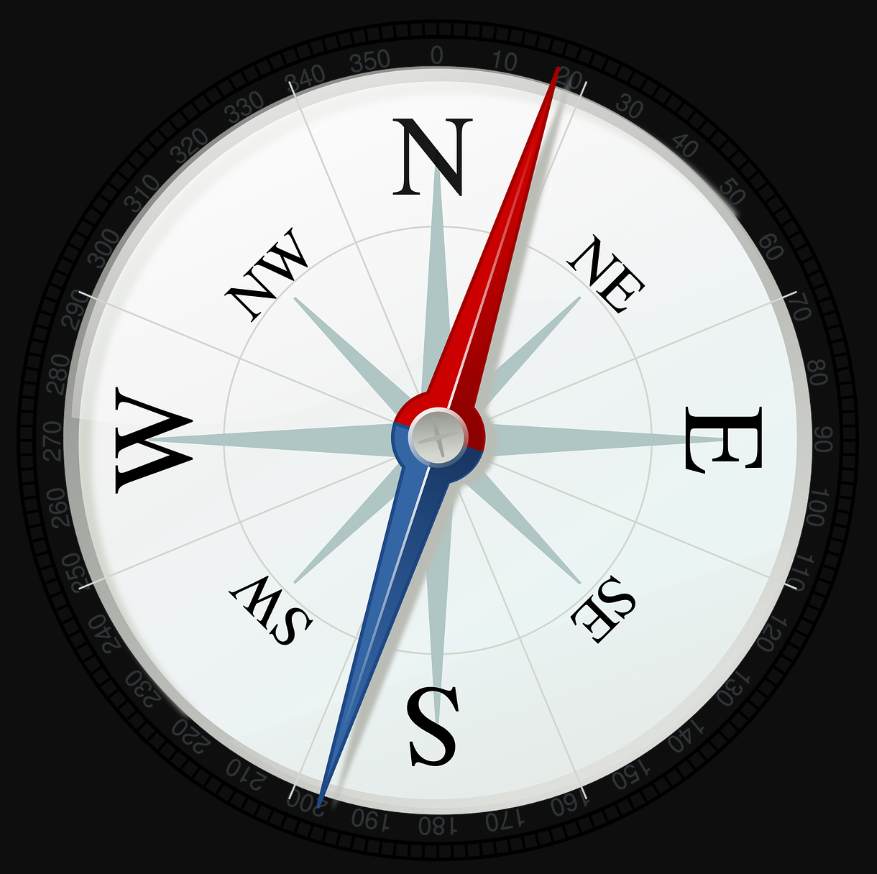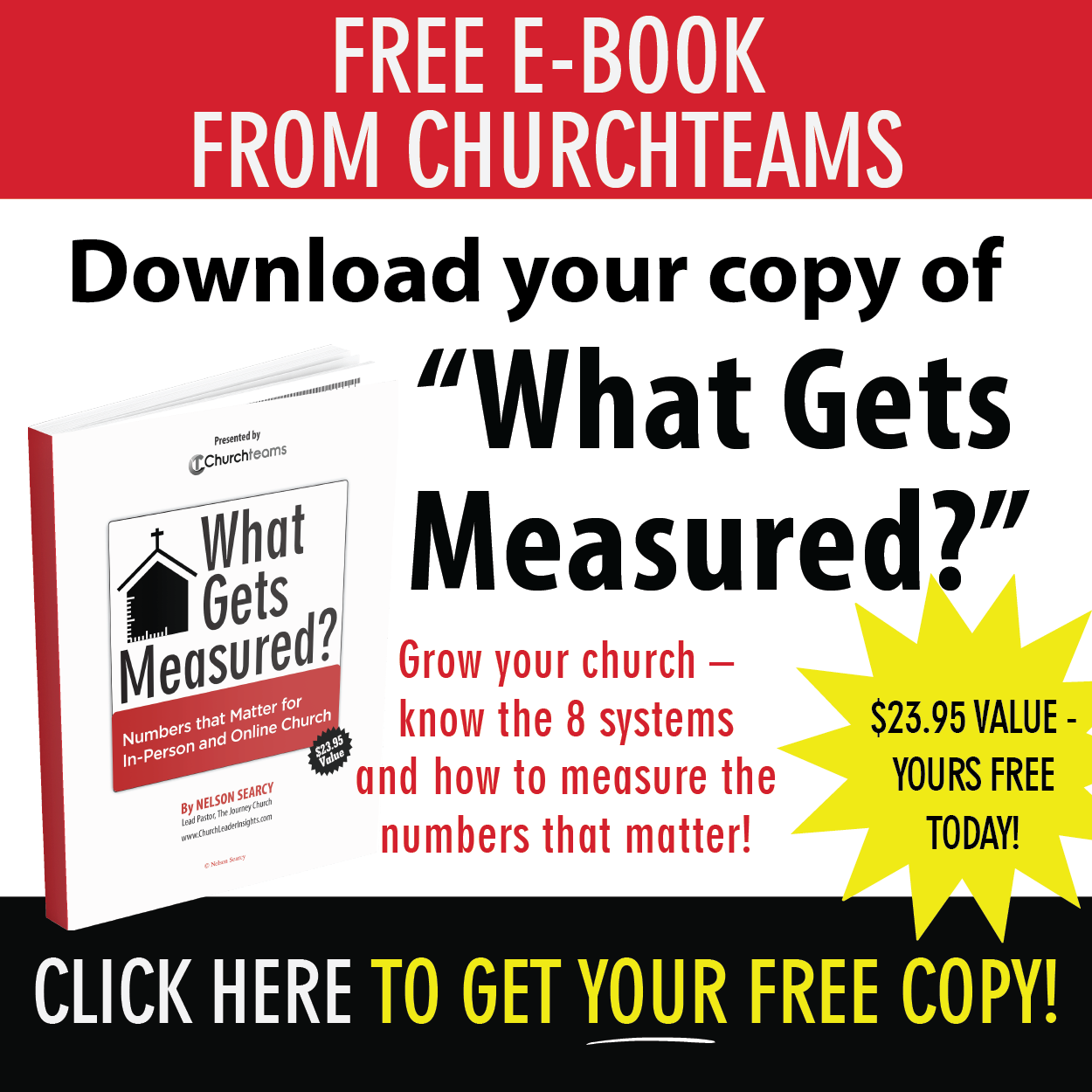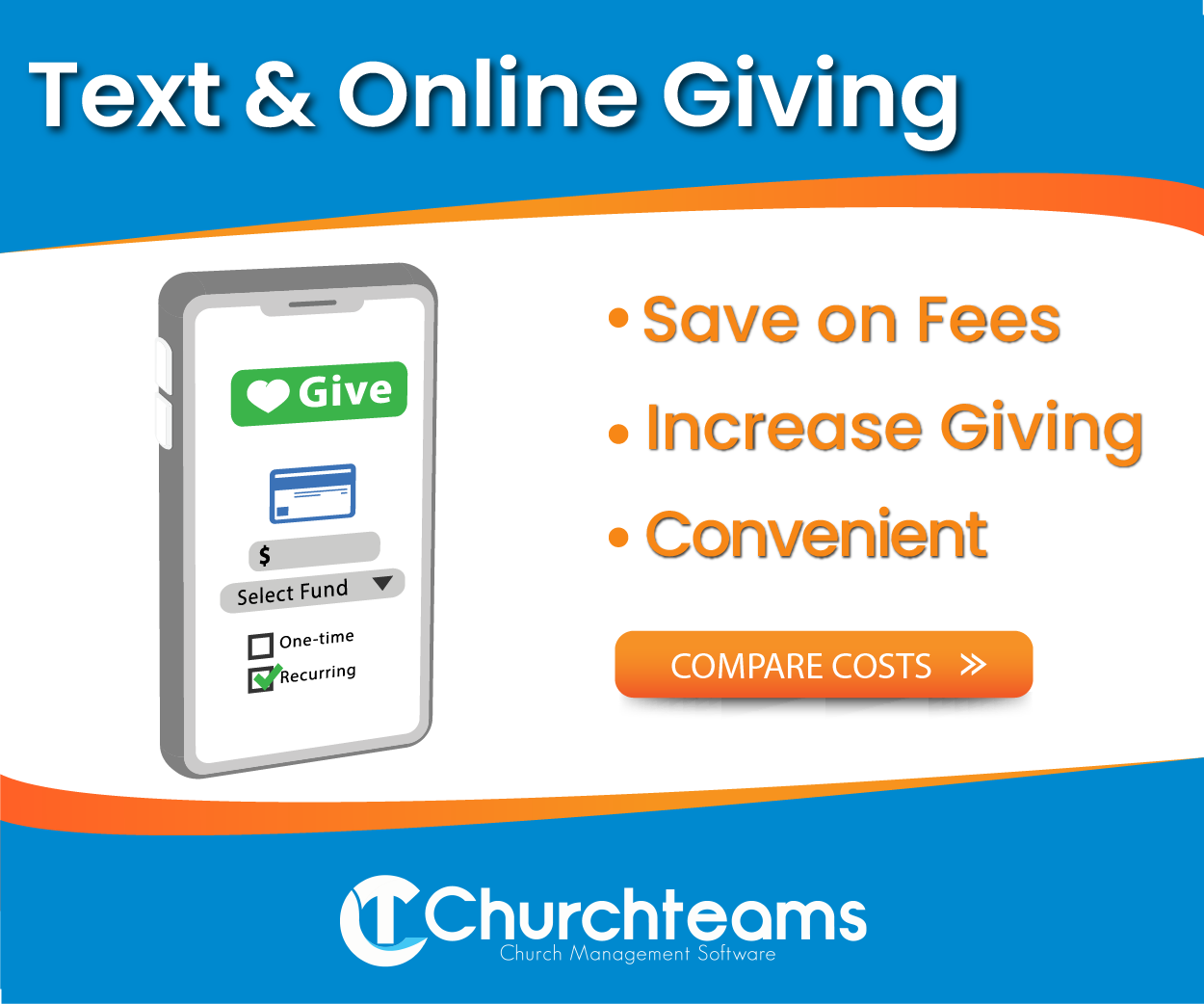If you're reading this, you've been there. In the middle of putting together a stellar email. The layout was mostly done. The content was clean and crisp. Then you get a phone call. Without thinking you look up information in the database or look at a Churchteams registration on your website. As soon as your done you try to go back to the email and it's gone.
Boyd Pelley

Recent Posts
In my last blog I presented the BHAG of redefining engagement. Not just looking at it through a different lens, but seeing it through the power of technology - a Virtual Reality headset. Online giving has done it for Stewardship. Web integration & workflow automation can do the same for engagement.
I break engagement into three parts: Outreach, Follow-up and Connection. I compare them to the business processes of Marketing, Sales and On-boarding. Today we're talking about Outreach, the Marketing side of engagement.
Tags: Automation, Communication
Several months ago, the XP of a large church in Florida mentioned to me that they no longer think of first time worship attenders as first time guests. They had discovered, even before the Coronavirus Pandemic, that all their first time attenders had watched the service online at least once before attending. That conversation grabbed my imagination and has been a frequent conversation topic since. How can we use today's technology to move church engagement from virtual to reality?
Tags: Automation, Communication
Another Covid 19 Pandemic audible. Last week an Executive Pastor friend, David Jordan, called to talk through including a medical form in the check-in process. They had decided to continue to meet live even with much lower numbers - around 20% of old normal. Like most XP's, he's a planner anticipating when they start back with children's ministry and check-in.
Tags: Check-in
How To Manage Requests For Personnel, Funds, Resources ...
Tags: Giving, Best Practices
Tags: Best Practices
Churchteams was built around the idea of growing a church using groups as the common building material for every ministry. This means that everything that involves more than one person is managed as a group.
Every worship service, small group, class, committee, ministry team, leadership team, service team, mission team, event, and even assimilation step is managed as a group.
This is one of the design constructs that makes our software unique, powerful and user-friendly. Once understood, ministry rocks of all sizes are formed together to become a solidly built organization.
Tags: Groups, Best Practices
One of our advantages in the church management market is our agile culture. There is just one degree of separation between clients and our development team. As soon as a need or even a suggestion is vetted by a support team member, it is shared with development.
Development keeps a running evaluation of these suggestions. Some are as simple as a software edit and are immediately addressed. They don't even make it to the list. Others need affirmation, thought and evaluation. As they come up again and are mulled over, they make their way to the investment of a few hours or days. Others are much more involved and may take months or years to rise to the level of investment of weeks or even months of coding. This set of releases fit into the first two categories.
Tags: New Release
Many ministry events and mission trips have been cancelled this summer due to Covid 19 and social distancing. But as churches begin to re-open for worship, they are doing so with a renewed passion for their calling to make disciples of all nations.
Tags: Giving, Church Management Software
We have an incredible team. For a number of months now, in addition to all the Covid 19 upgrades we've done, we've been working on upgrading our Navigation Bar buttons to make them more user-friendly.
If you are a long-time Churchteams user, you know what the software does, so you will be able to very quickly re-route from older paths to these new ones that we hope are more direct and more intuitive especially for new users.
If it weren't for Covid 19, our staff and many of you would be looking forward to being together in North Fort Worth next week. Barbecue and Tex-Mex were on the menu along with 2 days of fellowship and learning.
Tags: New Release, Registration, Communication














